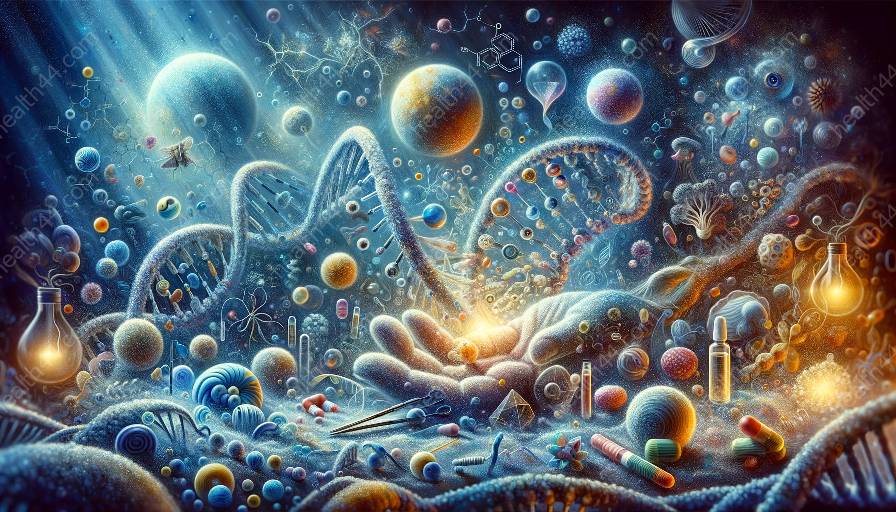Gene therapy is a promising field that aims to treat genetic disorders by introducing genetic material into patients' cells. This is achieved using vectors to deliver the therapeutic genes. Viral vectors and non-viral vectors are two primary delivery methods used in gene therapy, each with its own advantages and limitations.
Understanding Viral Vectors:
Viral vectors are derived from viruses, which have evolved to efficiently deliver genetic material into host cells. They have been widely used in gene therapy due to their high transduction efficiency and ability to target specific cell types. Viral vectors can offer long-term gene expression, making them suitable for treating chronic genetic disorders.
Viral vectors can be classified into several types, including retroviral vectors, lentiviral vectors, adenoviral vectors, adeno-associated viral (AAV) vectors, and herpes simplex viral vectors. Each type of viral vector has unique characteristics that influence its suitability for different gene therapy applications.
Exploring Non-Viral Vectors:
Non-viral vectors, on the other hand, are not derived from viruses. They are typically synthetic or natural formulations that can encapsulate and deliver genetic material into target cells. While non-viral vectors have traditionally been less efficient at gene delivery compared to viral vectors, they offer several advantages, such as reduced immune responses and lower risk of insertional mutagenesis.
Non-viral vectors encompass a wide range of delivery systems, including liposomes, polymers, nanoparticles, and naked DNA/RNA. These vectors can be tailored to improve their delivery efficiency, stability, and targeting specificity, making them attractive candidates for certain gene therapy applications.
Comparing Efficiency and Safety:
One of the key differences between viral and non-viral vectors lies in their efficiency and safety profiles. Viral vectors generally exhibit higher transduction efficiency, allowing them to achieve robust gene delivery into target cells. However, their immunogenicity and potential for insertional mutagenesis raise safety concerns, particularly for long-term gene therapy.
In contrast, non-viral vectors offer improved safety profiles with lower risk of immune responses and mutagenesis. While their transduction efficiency may be lower, ongoing advancements in non-viral vector design and delivery strategies are enhancing their effectiveness for gene therapy applications.
Applications in Gene Therapy:
The choice between viral and non-viral vectors in gene therapy depends on the specific therapeutic goals and target cells. Viral vectors are often preferred for diseases requiring long-term gene expression or when high transduction efficiency is crucial. For example, AAV vectors are commonly used in treating inherited retinal disorders, while lentiviral vectors have shown promise in hematopoietic stem cell gene therapy.
On the other hand, non-viral vectors are being explored for applications where safety and scalability are paramount, such as cancer gene therapy and ex vivo gene editing. Their flexibility in modification and lower production costs make them attractive for certain clinical and research settings.
Conclusion:
Both viral and non-viral vectors play essential roles in advancing gene therapy applications. Viral vectors offer high transduction efficiency but come with safety considerations, while non-viral vectors provide improved safety profiles and flexibility in design. As research and technology continue to evolve, a deeper understanding of these vector systems will drive the development of more effective and targeted gene therapies in the field of genetics.


